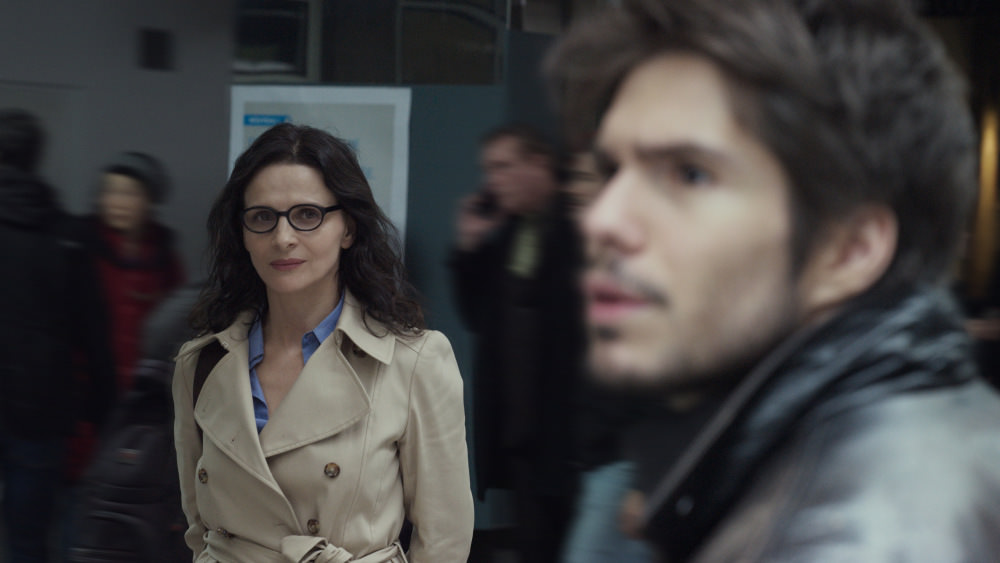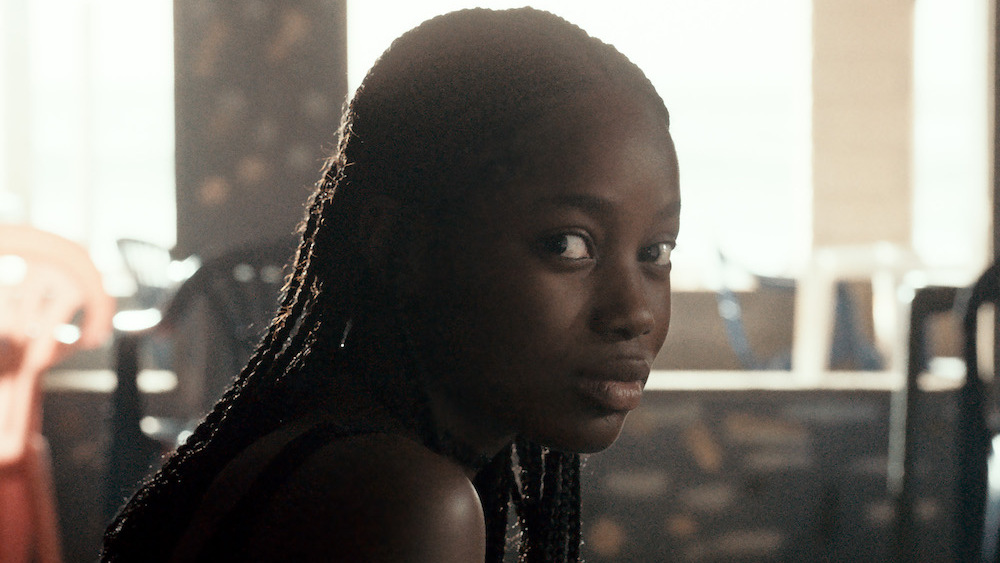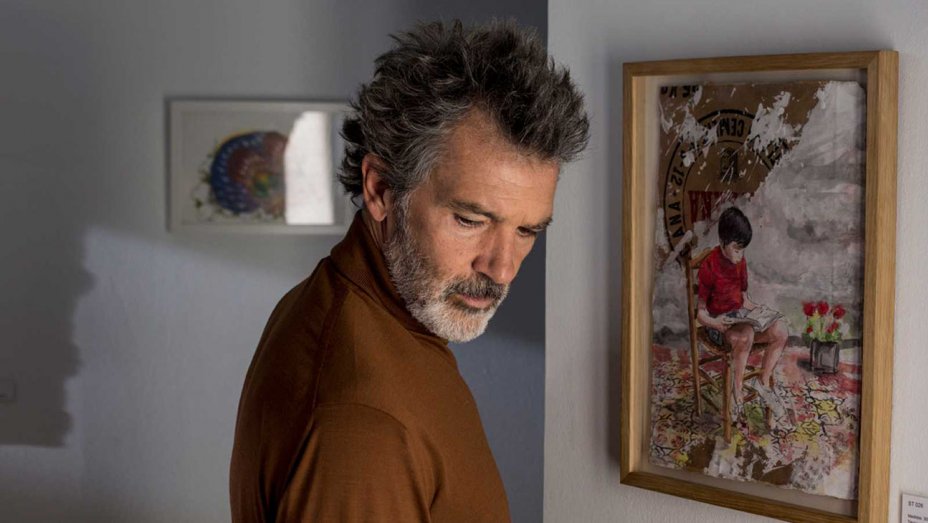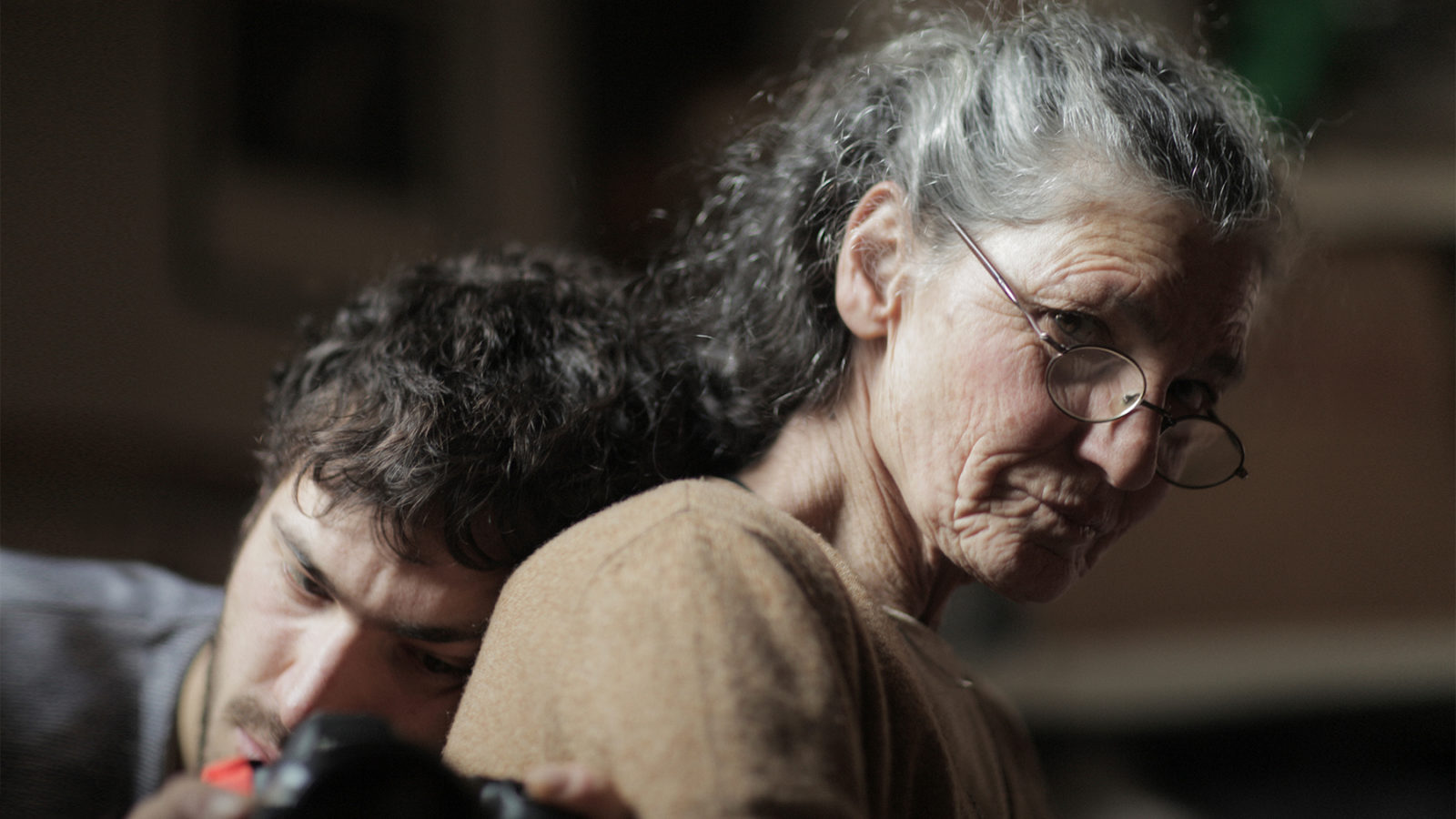
We are entering the final half of 2019. Most of the major international film festivals, such as the Cannes Film Festival, Berlin, Sundance, among many others, have already passed, and by now the public and critics have already taken note of the most important films that can be considered the great films of the year coming from diverse countries around the world.
As has already been seen in recent times, not only in Europe but also Asia, Latin America and Africa, we’ve been presented with beautiful film productions that are certainly worthy of being honored. The list below contains 10 of the most prominent to date.
Due to the different distribution systems and methods of each country, the following list will feature films that have debuted or will debut in the United States in 2019.
10. Who You Think I Am – Safy Nebbou (France)

Featuring Juliette Binoche as a middle-aged woman who decides to make a fake profile on Facebook after distrusting the fidelity of her husband, “Who You Think I Am” is the sixth feature by French director Safy Nebbou, who makes here an adaptation of a 2016 novel by writer Camille Laurens.
The protagonist, Claire, is a 50-year-old teacher who lives a very unhappy life with her husband Ludo. After she begins to suspect that Ludo is cheating on her, she begins to pretend to be a woman half her age on Facebook, with a fake profile named Clara. But what seems to have started in an innocent way starts to get more and more out of control, especially when her husband’s best friend Alex begins to interact with the protagonist’s virtual identity.
It is interesting to note how the film manages to uncover the way the character’s actions are gradually being detrimental to themselves, rather than its supposed virtual “victims.” Claire’s attitude resembles the classic documentary “Catfish,” updating the issues of solitude in a world permeated by technology.
“Who You Think I Am” comes as a beautiful parable about contemporary identities governed by computer communication, a subject we have already seen in other recent films (and many TV series), but which in Nebbou’s film has the merit of going deep into the psychological investigation of its protagonist.
9. Atlantics – Mati Diop (Senegal)

The first feature film by young Senegalese director Mati Diop – the niece of the famous filmmaker Djibril Diop Mambéty (“Touki Bouki,” 1973) – tells the story of Ada, a 17-year-old girl who is abandoned by the man she loved after escaping along with other workers toward a better life in Europe. Ada ends up being promised in marriage to another man against her will, but some fantastic happenings start to change everything in the life of the young woman.
“Atlantics” contains beautiful images depicting the immensity of the ocean, which represents this paradoxical link of distance and at the same time a connection with a world as different as Europe, as well as the Senegalese capital of Dakar, with its exuberant landscapes, but also with regrettable social contrasts. In addition, the use of magical realism elements helps to give content to the narrative, which works with strong metaphors on the crisis of migration and religious dogmas still stricken in the African country.
The film engenders in its romantic narrative several contemporary themes dear to the Senegalese people, such as the construction of large industrial complexes, while the vast majority of the population goes through enormous difficulties, migrations to Europe and the paradox between choosing a life away from their parents of origin or insisting on trying to improve the living conditions of their home despite all the problems that arise along the way.
8. Divine Love – Gabriel Mascaro (Brazil)

The new film by Brazilian director Gabriel Mascaro (from “Boi Neon”) is a provocative dystopia about bureaucracy and the direction of a state increasingly dominated by religion. Set in the year 2027, “Divine Love” presents a faith-dominated Brazil, where instead of Carnaval, the new great popular national event is now the “Feast of Supreme Love” – a kind of super rave for the faithful awaiting the return of the Messiah.
The protagonist Joana is a person of unshakable faith who works as a clerk in a notary’s office. Following her religious principles to the core, she always tries to convince couples to give up their decision of divorce and, if she cannot convince them through persuasion, she uses the powers of the bureaucracy in her hands to make the process as difficult as possible.
Joana is married to Danilo, and they attend a religious sect called Divine Love in which, in addition to Bible worship and prayers, erotic rituals in which the exchange of partners takes place are intended to achieve “divine joy.”
Such symbolism is not the only irreverent element presented by the film: in order to solve Danilo’s problems of infertility, they arrange a bizarre machine that makes him stand naked, head-on, in order to solve the problem. To moan about not being able to avoid all the divorces at work and for not being able to get pregnant, Joana usually visits a drive-thru of prayers, among other elements.
Aesthetically and narratively, Mascaro follows the way that had consolidated him in “Boi Neon”: the narrative is told in large part by long and static plans, carefully framed, and the eroticism, which already appeared in his other films, seems to have an even greater role here, more significant precisely because the film deals with religious themes.
7. Pain and Glory – Pedro Almodóvar (Spain)

A well-respected filmmaker, though in a creative crisis and with health problems, begins to face the ghosts of his past in a severe existential crisis. In his most autobiographical film yet, Pedro Almodovar makes a real outburst about the traumas of childhood and the complexities of life as a film director in “Pain and Glory.” Almodovar continues the partnerships that he has maintained throughout his career and which, as we can see, continue to work very well, in particular with musician Alberto Iglesias (his partner since “The Flower of My Secret,” 1995), cinematographer José Luis Alcaine, and actors Antonio Banderas and Penélope Cruz.
Banderas plays Salvador Mallo, a sort of alter ego of Almodóvar; not only does the character’s trajectory resemble that of the director of “The Skin I Live In” (2011), but also his hairstyle, costumes, gestures, objects and even the character’s apartment. Unable to continue the project of a new film, Mallo remembers episodes of his childhood, from the beginning of his career, his love affairs, passing through different decades and localities of Spain.
“Pain and Glory” does not feature many of the well-known “obsessions” that have become a kind of trademark of Almodóvar, such as its tendencies to a kitsch aesthetic, a palette of glaring colors, and overacting.
On the contrary, the film seems to give continuity to a new phase of the Spanish filmmaker, one that is more sober, less colorful, and preoccupied to focus his drama more on the psychology of the characters than in an abundant esthetic, as already seen in “Julieta” (2016). However, it is still possible to note characteristic aspects of Almodovar’s work, especially in its narrative, intersecting several times in a brilliant way, something that is one of its trademarks.
6. The Disappearance of My Mother – Beniamino Barrese (Italy)

A very interesting documentary that uses memory as a methodological source and establishment of its formal aesthetics. Italian director Beniamino Barrese, through his mother’s trajectory through the world of fashion and political activism, establishes an interesting panorama of the ‘60s, ‘70s and ‘80s, periods so different from each other and considered key to understand the various social phenomena that we face now in the 21st century.
The film mixes archive footage and home movies along with images shot by Barrese himself, accompanying the life of his mother, Benedetta Barzini. Barzini was discovered as a promising name in the fashion world in the early 1960s, coming in contact with some of the greatest names in the art world at that moment, including Andy Warhol.
Influenced by the movements of social rupture that occurred in the middle of the ‘60s, Barzini enters into a process of self awareness and disillusionment with the fashion world that she previously had dreamed of. Barzini then becomes an important journalist and university professor who goes on to denounce the abuses and misogyny of the fashion industry from the beginning of the 1970s.
Barrese’s delicacy in filming his mother’s old age resembles the movie from the Japanese filmmaker Naomi Kawase, “Katatsumori” (1994), who used a similar method to show the relationship he had with his grandmother. In addition, it is interesting to note not only the nuances of Barrese’s complicated relationship with his mother’s strong and difficult personality, but also the fascinating character that this former aspiring supermodel proves to be.